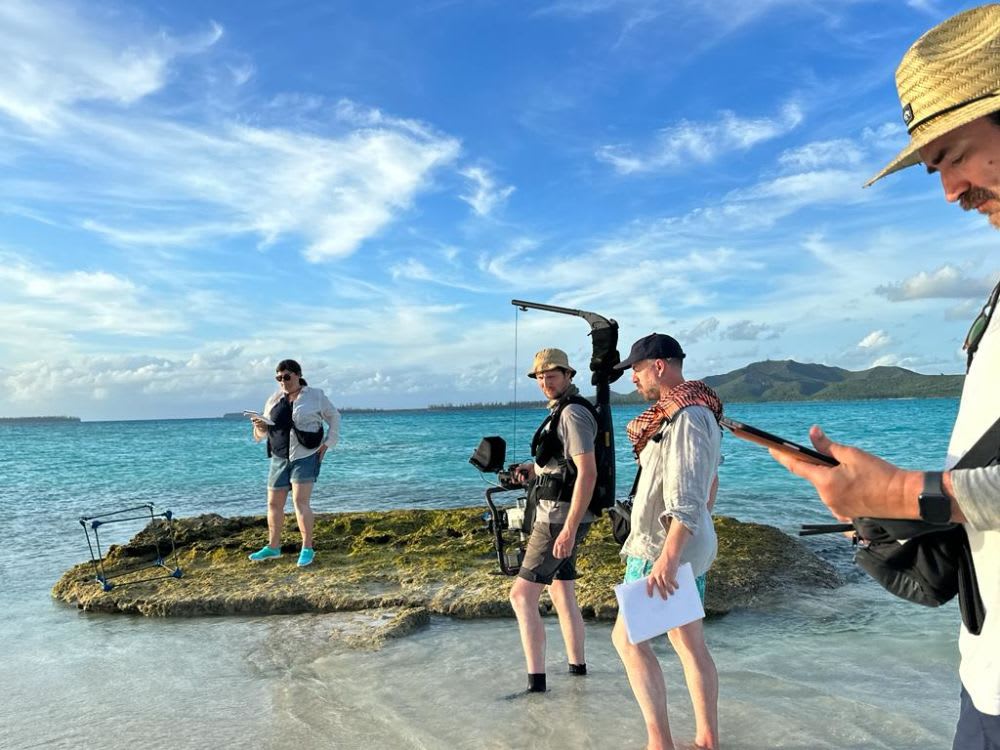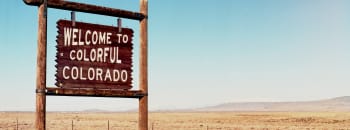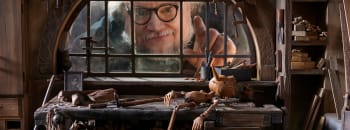NBC's Surviving Earth docuseries begins filming in New Caledonia
It is a co-production between Loud Minds and Universal Television Alternative Studio and will blend location filming at 12 destinations around the world
By Priyanca Rajput 28 Feb 2023

Universal Television Alternative Studio, a division of Universal Studio Group, and high-end indie production house, Loud Minds, (Walking with Dinosaurs, The Loch), has begun filming its sweeping 8 x 60 Surviving Earth docuseries.
Surviving Earth will visit eight mass extinction moments throughout the Earth’s history to see what the planet’s past can envisage for the future.
It is a co-production between Loud Minds and Universal Television Alternative Studio and will blend location filming at 12 destinations around the world – starting now with New Caledonia in the South Pacific – with state-of-the-art CGI to tell the dramatic stories of extraordinary creatures trying to survive against all odds. Award-winning VFX studio Milk will be creating all the spectacular digital environments, landscapes and creatures that will bring the series to life.
From the ‘Great Dying’ 252 million years ago, when the world overheated and 95 per cent of life died out, to a mammoth flood just 12,000 years ago, which plunged the planet back into an ice age, every episode will immerse viewers in a specific moment in the Earth’s history and recreate the drama of a unique mass extinction event. Each episode is set in a very different world with a different set of characters and a different ‘deus ex machina’. Viewers will follow the fate of bizarre creatures in jaw-dropping landscapes and witness worlds where continents shift and seas boil. The lesson from these stories is that Earth isn’t a benign paradise. Instead, it’s a very changeable home where life has had to be extraordinarily adaptable to survive and indeed thrive over the millennia.

A representative for the docuseries told KFTV that filming started in New Caledonia at the beginning of February; adding that Surviving Earth is filming “mostly summer in northern hemisphere and winter in southern or equator“. Locations include: New Caledonia, Argentina, Brazil, California, Utah, Canada, Southern Mediterranean, Nevada, Iceland, Chile and Canada.

Tim Haines, showrunner and creative director, Loud Minds commented: “Surviving Earth is on course to be one of the most ambitious, high-concept series ever created by a UK indie. It has been years in development, travels to incredible locations – such as New Caledonia, home to our first shoot – and brings together some of the most talented filmmakers and leading digital technicians to ensure that what ends up on screen really blows your mind. More than that, however, it has a deep focus on storyline and script that we believe will elevate the whole viewing experience into something altogether more cinematic and memorable.”
Toby Gorman, president, Universal Television Alternative Studio said: “We’re thrilled to partner with Loud Minds to bring this remarkable series to global audiences. This is a vital time to tell the story of Earth’s most significant extinction level events and what each meant for the planet. We must learn from our past to ensure the best for our future.”

Rod Aissa, EVP, Unscripted Content, NBCUniversal Television and Streaming added: “Earth is our most precious commodity, and for a chance to look back to see how it got to where it is today will be truly riveting. We’re proud to partner with Loud Minds and Universal Television Alternative Studio on this monumental and incredibly important project.”
Surviving Earth will air on NBC and stream next day on Peacock. A premiere date for the series will be announced at a later date.
Latest news & features
Featured profiles
Promote your services with KFTV
Choose from three profile types - Basic, Silver and Gold
Create ProfileWe offer a range of display advertising opportunities.
Learn More


